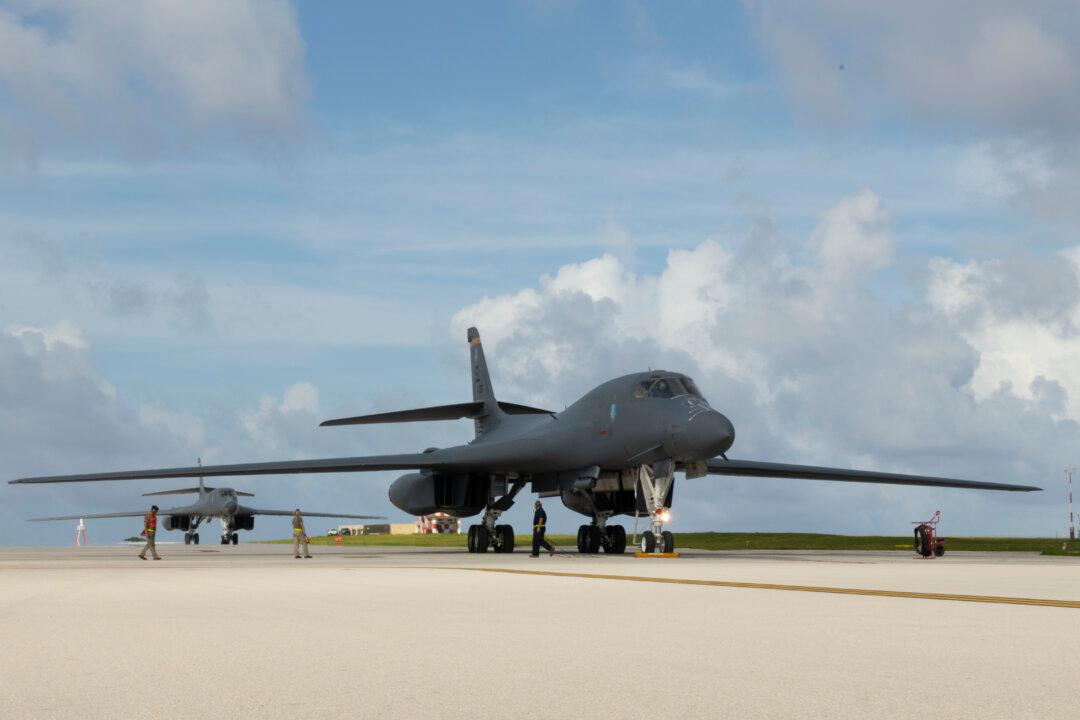Several of America’s heaviest lifting bombers, the B-1 lancers, have headed back to the strategically located island of Guam in the Pacific along with over 150 airmen, as the Air Force continues testing out its new Bomber Task Force approach, designed to keep adversaries on their toes.
The return of the B-1 bombers to the island, which lies in what military strategists call the “second island chain” out from China, also comes as the geopolitical spotlight falls on the South China Sea.





